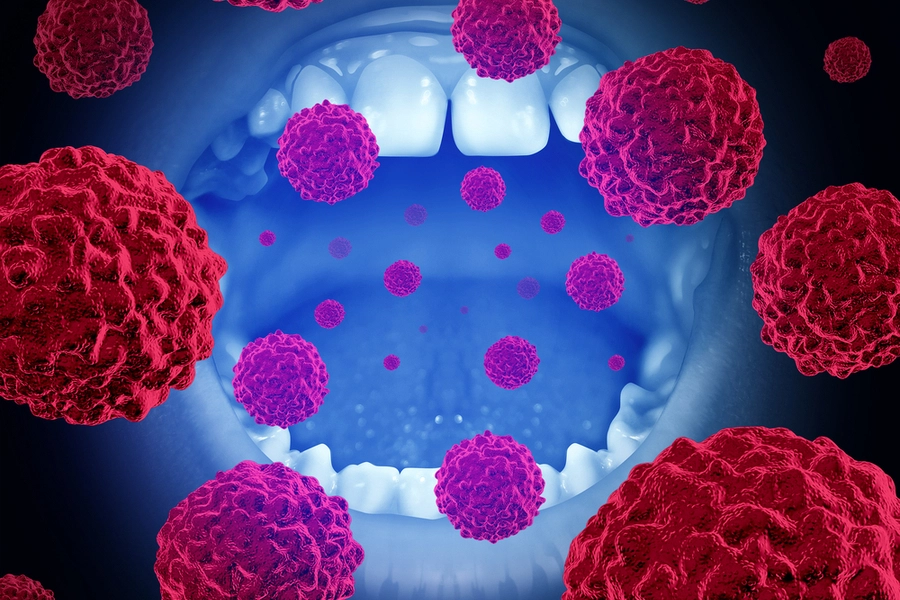What is Dry Socket and How does it Affect the People of Central London?
Dry socket is a condition that occurs in some individuals after the removal of a tooth. The ‘socket’ refers to the hole in the jawbone from which the tooth has been removed. Following extraction, a blood clot will form in this socket as a layer of protection for the neuronal cells and fragile bone that lies beneath. In some cases, this clot can either be damaged, dislodged or disappear completely just a few days after the tooth removal. This results in the nerves and bone becoming exposed and unprotected, leading to interactions with the food, fluids and air-borne substances that enter the oral cavity on a daily basis. In extreme circumstances, this leads to an infection with excruciating pain that can last up to a week.
Those who are at a higher risk of developing dry socket after extraction include smokers, those who have poor oral general hygiene, women taking contraceptive pills and individuals who have wisdom teeth pulled. In order to lower the risk of dry socket, it is recommended that you try to keep rinsing and spitting through straws at a minimum after surgery.
Symptoms of dry socket will normally manifest in the area from which the tooth was extracted. Look for an absence of blood clotting, you should be able to just see bone in a surrounding that looks dry and sore. Pain will typically begin two or three days after surgery and can be accompanied by bad breath or an unpleasant taste in your mouth.
Treatment of dry socket will dictate a trip to your local dentist in Central London. He or she will be able to clean the socket, remove debris and apply a medicated dressing or paste that’ll promote healing of the condition. It may be that you have to return several times in order to change your dressing, or that you are prescribed antibiotics to prevent infection.


